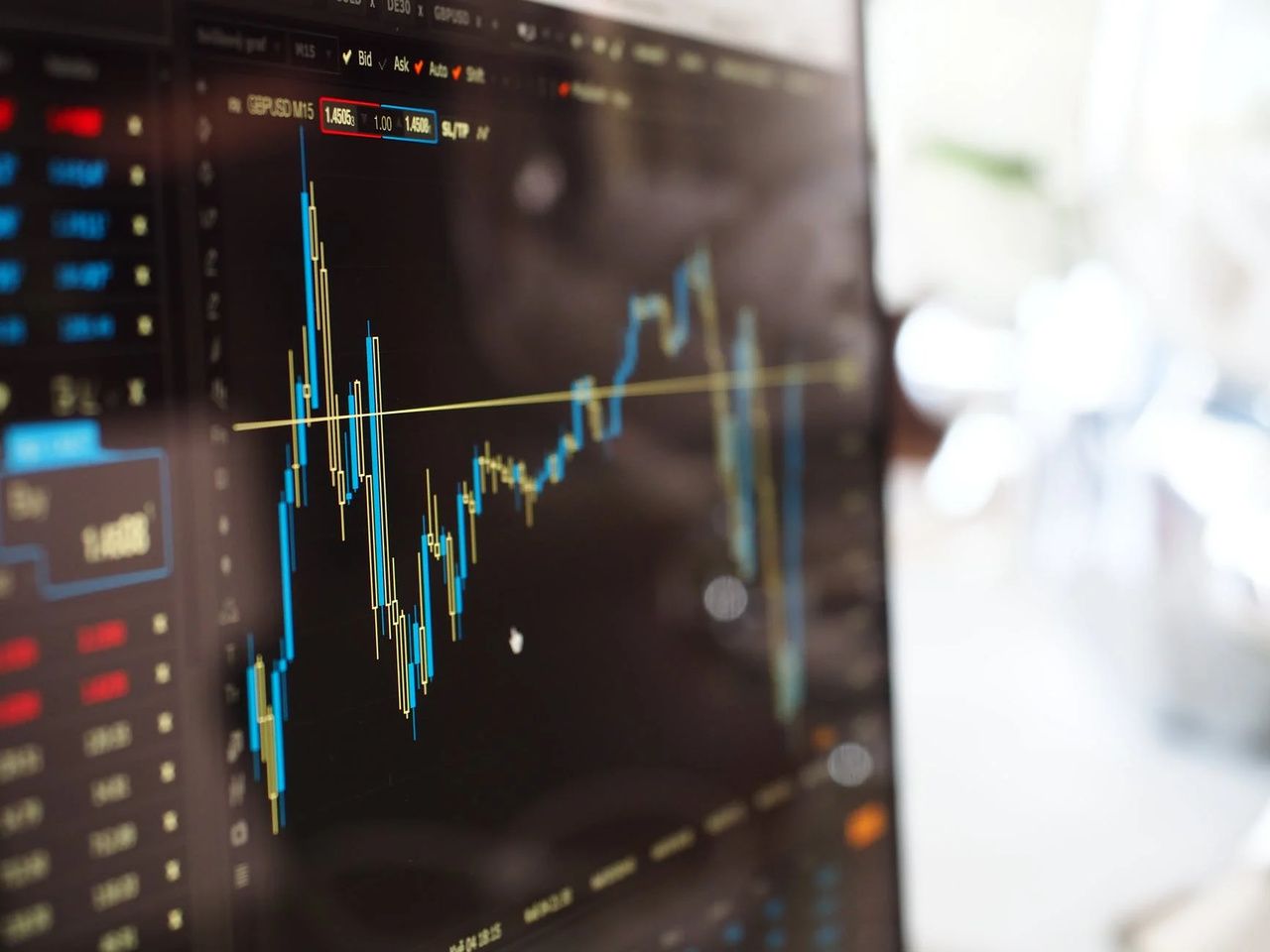Top 5 Efficient Risk Management Techniques for Active Traders
8 Sept 2022, 0:17 am GMT+1
Before becoming an active trader in the market, it’s essential to have a risk management plan as it helps an investor cut down on potential catastrophic losses. Even though a certain level of risk is inevitably attached to each investment, investors always seek risk mitigating methods and techniques when they expect the markets to be in turmoil.  The uncertainty and halt on the economic activity resulting from the Covid-19 pandemic have created a risky arena for traders which, in turn, created a need for active risk management.
The uncertainty and halt on the economic activity resulting from the Covid-19 pandemic have created a risky arena for traders which, in turn, created a need for active risk management.
This is why risk management should be included in your core trading strategy. This applies to both ordinary individuals and those with advanced knowledge and skills. If you’re looking to get into trading or for ways to strengthen your positions, below we suggest five of the most efficient risk management techniques for active traders to help you improve your investment experience.
Speed and Response Time
It’s imperative to obtain accurate real time options data if you’re planning on getting serious about trading. Oftentimes, people find that the trading platform they chose no longer lives up to their standards and many of the newly created trading platforms indeed lack scalability efficiency. This is the reason why today most trading platforms provide tools that you can implement in proprietary software or a more efficient trading strategy. Time and timing are key in volatile times and when trading, make sure not to rely on just one platform when there are plenty of stable solutions with real-time trading data.
Analyze Risk-Reward Ratio
 It’s common knowledge that investments that generate a higher reward are often linked to a higher level of risk. However, investors should do their best and look for a balance between an investment’s risk and reward structure when opting for the one that best suits their financial position and interests. For risk-averse investors, it might be better to take only minimal and calculated risks to avoid the possibility of missing out on the invested money. However, the loss of a few bucks may not mean a lot for wealthy investors with a big appetite for risk. The recommended risk-reward ratio stands at 1:2, meaning that an investor must accept to lose out on $10 worth of investment for a potential gain of $5.
It’s common knowledge that investments that generate a higher reward are often linked to a higher level of risk. However, investors should do their best and look for a balance between an investment’s risk and reward structure when opting for the one that best suits their financial position and interests. For risk-averse investors, it might be better to take only minimal and calculated risks to avoid the possibility of missing out on the invested money. However, the loss of a few bucks may not mean a lot for wealthy investors with a big appetite for risk. The recommended risk-reward ratio stands at 1:2, meaning that an investor must accept to lose out on $10 worth of investment for a potential gain of $5.
Diversify to Protect
Financial advocates have greatly advocated the importance of diversification for a long time. Diversification involves holding back from putting all your eggs in one basket or simply said, investing all of your money in a single asset class. Many investors tend to develop an emotional attachment with a specific asset class due to a continued profitability period. But a series of gains don’t necessarily make an investment risk-free. A period of economic decline or stock market crash can quickly reverse the course of gains for even profitable investments. Diversification makes it possible for investors to tackle such challenges and limit losses in a harsh market scenario. During difficult times, investors can diversify their portfolios while making investments in less volatile sectors, which can balance the losses in the affected sectors.
Place a Stop-Loss Order
 Newbie investors can minimize their losses by establishing a stop-loss order while investing. A stop-loss order is one that automatically terminates your trading position after a predetermined threshold of loss is reached. While trading in the financial market, the trader sets this level of loss and this is a quick and efficient way of stopping your losses below a tolerable threshold. Traders tend to forget about the importance of a stop-loss order, resulting in losses far exceeding their capacity. Without a stop-loss order, novice investors can be discouraged to continue to invest once they face a crushing level of losses.
Newbie investors can minimize their losses by establishing a stop-loss order while investing. A stop-loss order is one that automatically terminates your trading position after a predetermined threshold of loss is reached. While trading in the financial market, the trader sets this level of loss and this is a quick and efficient way of stopping your losses below a tolerable threshold. Traders tend to forget about the importance of a stop-loss order, resulting in losses far exceeding their capacity. Without a stop-loss order, novice investors can be discouraged to continue to invest once they face a crushing level of losses.
Consider Hedging
Hedging is the method employed to offset potential losses in investment by taking the opposite position in a related asset. Through futures contracts or forward contracts, investors can hedge their portfolios, with the most creative method being the use of options. Investors can use a downside put option as a protective measure against their investment. In this case, the holder of this option has the right but not the obligation to sell the underlying asset at the pre-determined price. In this way, if the market price goes below the agreed-upon price, then the put option holder can exercise the option for a profit.
Final Thoughts
Although trading is often seen as a high-risk venture, it provides excellent ways to increase your profits. However, to mitigate potential risks while trading, pay close attention to the current market trends and assess how your trading methods fit in. By employing these efficient risk management techniques for active traders, you’ll stay on top of a volatile market and increase your income.
Share this
previous
What drives Co-creators beyond monetary rewards?
next
Building Brand Authority: Establishing Trust and Credibility Through Social Media Marketing